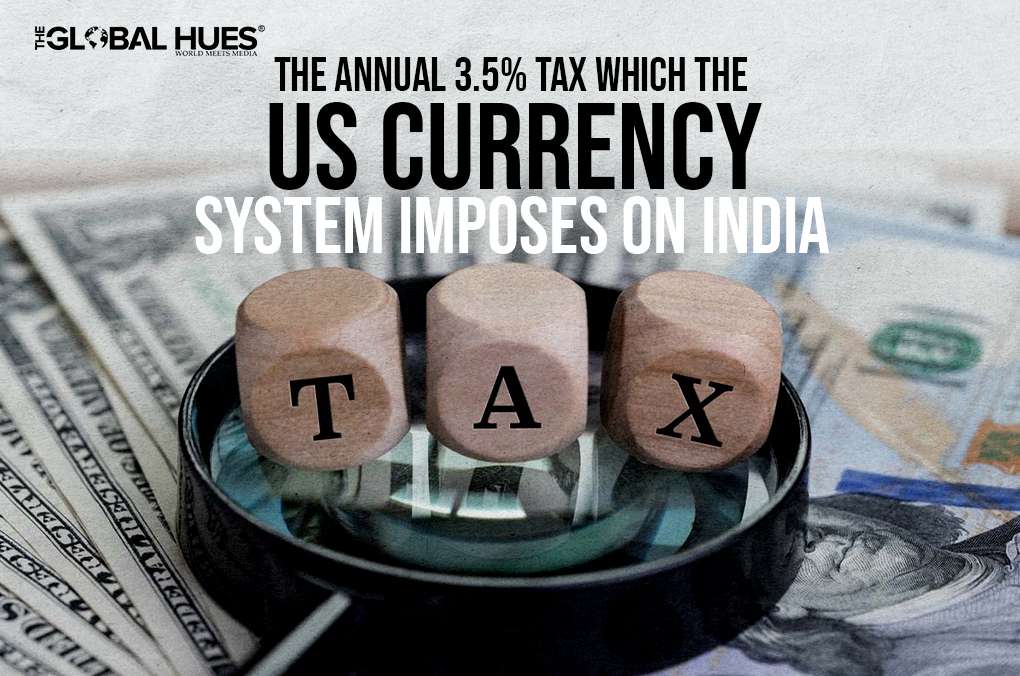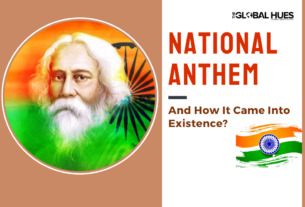The US currency system forces India to pay a 3.5% annual Tax!
India became the 1st country ever to land a mission on the South Pole of the Moon. And what are the biggest headlines? That we did it very cheap!
India has become a fertile ground for ‘chillar” work – Yes! We are known for saving money for the richest of the world! More than 50% of GCCs (Global Capacity Centres), which act as the brains of the biggest companies, are based out of India. And what does India get in return? Not the patents and IP, but employment for 1.7 million Indians! And yes, we are mighty happy about it.
Check the Table of countries according to their GDP by PPP and nominal GDP in USD terms – and you will find a shocking statistic!

Source: TalkMarkets
If we divide PPP GDP by Nominal GDP, then the ratio is
US: 1
China: 1.7
Japan: 1.5
Germany: 1.3
UK: 1.2
India: 3.5
India is at 3.5! Why are we an outlier on this statistic which matters like Life and death?
If this ratio were at, say, an average of 1.3 – then our nominal GDP should be USD 10 Trillion! Then we are already the 3rd largest economy & staring at the US & China!
Why is INR so weak against USD, when clearly, India’s GDP by PPP is by far very high? – Studies show INR gets devalued by an average of 3.5% each year! Is there a valid reason for it other than the hand of countries with powerful currencies, to keep India poor by keeping its currency artificially low?
Why is the RBI allowing this?
How much Western countries covet the value of their currency can be seen that the UK PM (Liz Truss) was thrown out because of weakness in GBP!
INR to GBP was 1:1 at the time of independence and the INR held firm against the USD even till the 1980s.
We have to break the cycle of 3.5% currency devolution – even if it means aligning with BRICS to challenge the USD!
How do countries with powerful currencies push India to poverty by pushing INR down by 3.5% each year?
– Imports become expensive
– Trade imbalances, leading to a CAD
– Foreign debt burden
– Investor confidence & capital flight: Investors in India are always worried about the US 3.5% Tax and hence prefer keeping money in USD
– Higher Inflation and Uncertainty, As imports become more expensive, the cost of production and goods rise, leading to increased consumer prices
– Reduced Standard of Living: The combination of higher import costs, inflation, and reduced purchasing power due to a weak currency
– Foreign Investment and FDI: Investments of Foreign investors are riskier due to currency fluctuations. FDI may decrease
Some economists point out that India has a low performance on the monetary, trade or fiscal front hence the low INR! But I would request them to simply check the ratio derived above – Do they think China has performed better than India in the last many years? Or do they believe the US has done any better?
If they feel the US has done any better, then I would request them to study the data. They will find that the US is running mainly on fresh Debt creation and even after its poor economic performance, the US Rating companies assign top ratings to the US and always hold India by the neck, telling it to curb deficits or they will lower the rating! This is not economic performance, but coercion!
I hope this article of mine will awaken the mandarins in the Ministry and RBI to take corrective action and improve the value of INR, lest we continue living in poverty, in spite of India’s stupendous economic performance in recent years!
About The Writer
Tushar Kansal is the Founder and CEO of Kansaltancy Ventures. Tushar is an accomplished professional, a “Thought Leader” & a “Thought Influencer”
Over the years, Tushar has supported Startups and growth-stage companies in diverse Tech and non-tech sectors. Recipient of 4 Awards, including “Best Startup Supporter” at “IndiaFirst Tech Startup Conclave” by “AICRA” from Dr Kiran Bedi. He is a Venture Advisor with Loyal VC, the INSEAD-led Canadian VC Fund, having over 300+ portfolio investments in 15+ Sectors in 60+ countries. He has come on 300+ talks – Google him or check on YouTube
He received Executive education from Harvard Business School; an MBA in Finance from the University of Delhi and B.Tech from “The Technological Institute of Textile & Sciences”, affiliated to the “Textile Institute Manchester, UK” and part of the leading Industrial & Education house in India “The Birla Group”
*The information in this article does not necessarily reflect the views of The Global Hues. We make no representation or warranty of any kind, express or implied, regarding the accuracy, adequacy, validity, reliability, availability or completeness of any information in this article.*



